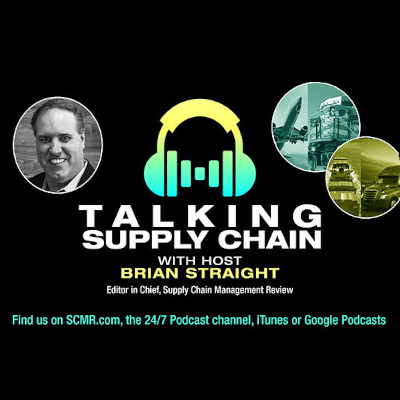Increasingly, organizations are shifting to or launching new digital business models that focus on achieving commercial growth. Gartner research shows that the percentage of revenue driven by traditional products and services is on the decline, decreasing from 41% in 2019 to 33% in 2022. Survey participants also indicated that one-third of their total revenues were driven by digital as-a-service offerings.
Digital business models—often described as “product-as-a-service” or PaaS for short—are new offerings with a different value proposition and commercial arrangement and often require the supply chain to provide new or enhanced capabilities and competencies. Most significantly, the shift to a service-centric business model requires a shift from exclusively prioritizing cost cutting to providing highly flexible operations that address customer experience expectations.
Two types of product-as-a-service models
PaaS products and associated technologies enable brand owners to deliver relevant content and experiences beyond delivery to the customer. There are two emerging types of offerings with corresponding business models.
There is an outcome-based model which involves charging customers based on achieving an outcome. For example, a fertilizer manufacturer may charge a customer based on how many bushels are harvested. The technology will increase yields with sensors installed in equipment to monitor soil, guide planting and direct when fertilizer and pesticides are applied.
The other model is consumption-based. This model involves charging customers based on how much is used. In this scenario, the manufacturer of fertilizer charges the customer based on how much fertilizer is used. Sensors installed in the tanks by the fertilizer manufacturer monitor inventory and consumption. That information is used to drive replenishment to the tanks and for invoicing the customer.
How supply chains must change
Over the next three to five years, the most pressing challenge supply chain leaders indicate they must overcome to maximize their contribution to commercial innovation involves addressing difficulty operating segmented or differentiated supply chain experiences. To achieve success with a service-centric business model, supply chains need to evolve to a segmented approach.
Delivering the outcome required for the service-centric business model while also supporting existing products and customer expectations requires a segmented model that delivers responses based on customer buying and experience preferences and the attributes and value proposition of products. For example, to support existing products, the supply chain might need to be focused on providing an efficient low-cost output. Meanwhile, the value proposition and customer experience expectations for PaaS might require a highly flexible supply chain response.
Depending on the type of offering, the scope and impact on supply chains varies, but in all instances the role of the supply chain will extend beyond delivery of a physical product to a customer. On one end of the spectrum, that relationship might involve a new ordering and invoicing process and modification or expansion of post-delivery activities. The other end of the spectrum may include expanding upstream into distribution, manufacturing and potentially product development.
Actions for supply chain leaders to take
Digital business models offer many benefits to organizations, but they require supply chain leaders to implement changes to planning and operations. Leaders should take the following actions:
1. Meet with commercial and product-development teams. Gather details about product and service-offering plans, including specifications, launch dates and expected production and distribution volumes.
2. Identify what capabilities the supply chain organization will need to support the offerings by drafting or updating process flows based on the customer experiences defined by the PaaS offering. Be sure to include the activities that connect to the supply chain-controlled process flows and review the overall process flow with the functions that feed, or are fed by, the supply chain processes.
3. Design the supply chain-operating model based on outcomes by segmenting products, service requirements and customers with regard to PaaS as well as traditional products.
4. Set supply chain segment-specific objectives and incentives by defining performance targets for as-a-service products in addition to the traditional products.
5. Communicate what will happen, when and how it will impact each part of the supply chain. This seems obvious. But too often, we see supply chain organizations struggling to make changes even more basic than those that will likely be required to support product-as-a-service business models.
About the author:
Michael Dominy is a research vice president in the CSCO Strategies and Planning team. Michael focuses on supply chain strategic planning, transformation, and supply chain-as-a-service (SCaaS). He also covers the supply chain consulting market. He helps clients with strategic planning, business case creation, service provider selection and roadmap development. He can be reached at: [email protected]
SC
MR


Latest Supply Chain News
Latest Podcast

 Explore
Explore
Business Management News
- U.S.-bound containerized import shipments are up in June and first half of 2024
- Expand supply chain metrics to cover the complete customer experience
- When disaster strikes, the supply chain becomes the key to life
- Leadership development for supply chain leaders
- A smarter approach to sustainability is vital for healthy, resilient supply chains
- When the scales tilt: Making vaccine access work for all
- More Business Management
Latest Business Management Resources

Subscribe

Supply Chain Management Review delivers the best industry content.

Editors’ Picks




